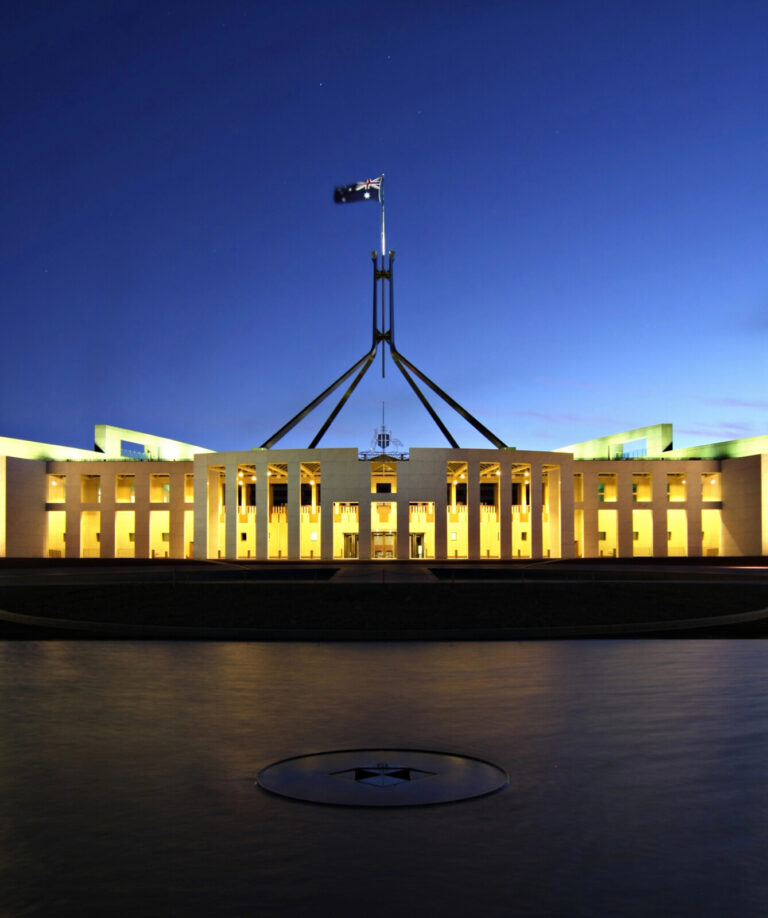2024-25 Federal Budget Recap
In his 2024 Federal Budget speech, treasurer, Jim Chalmers, announced that ‘The number one priority of this government and this Budget is helping Australians with the cost of living’. But…

In his 2024 Federal Budget speech, treasurer, Jim Chalmers, announced that ‘The number one priority of this government and this Budget is helping Australians with the cost of living’. But…

When it comes to getting the most (money) from your annual tax return, there is usually a lot to think about, so we’ve identified a few options that could open…

While millennials have for decades been treated like ‘the children of Neverland, who never grew up’, reality is fast catching up with this generation, who are now young adults between…

If you are in your thirties, chances are life revolves around children and a mortgage. As much as we love our kids, the fact is they cost quite a lot….

The end of another financial year is looming, and with that may come thoughts about your tax return and how your wealth has tracked throughout the year. Whether you’re nearing…

Many Australians caught in the nine-to-five grind of working for a living, dream of the possibility of taking early retirement and spending their days travelling or playing golf or doing…

While it’s easy to be discouraged by superannuation and fear you will never have enough money saved to stop working, remember even a modest superannuation balance can make a big…
End of content
End of content